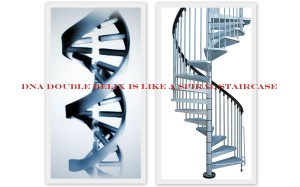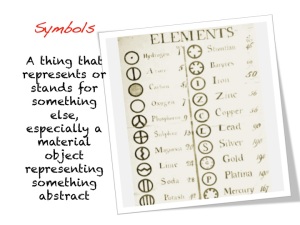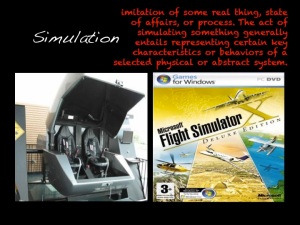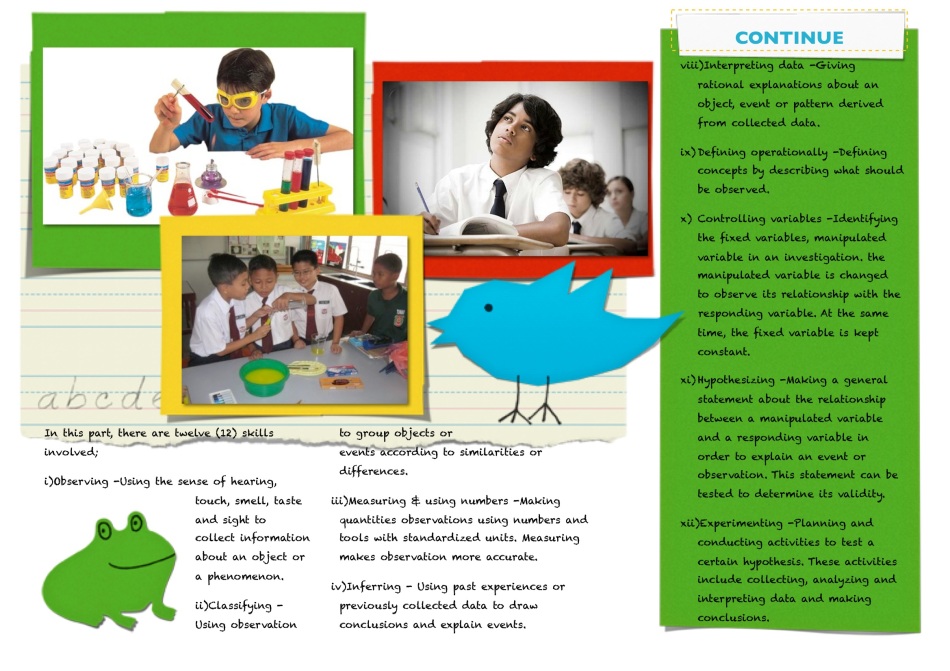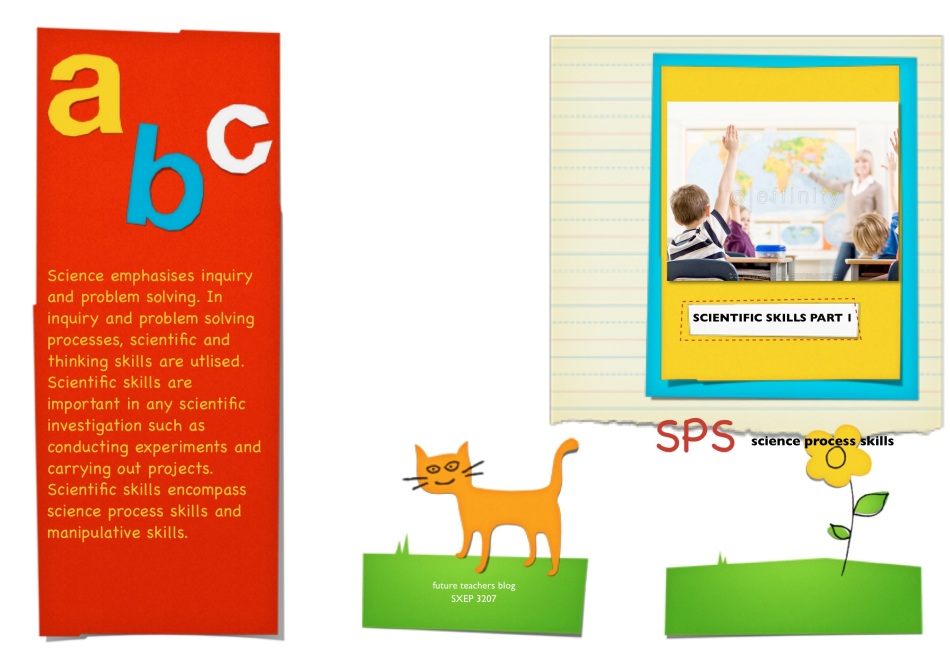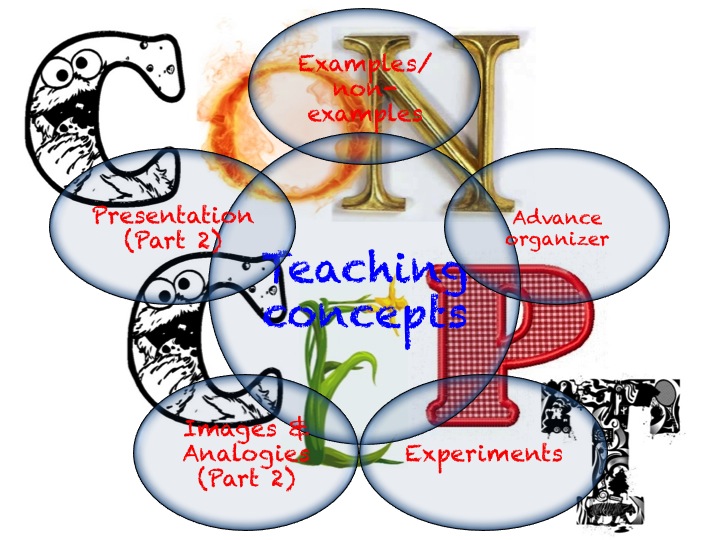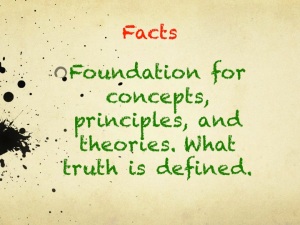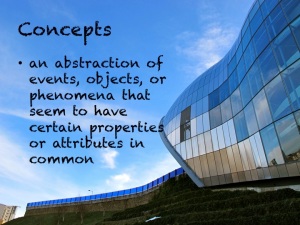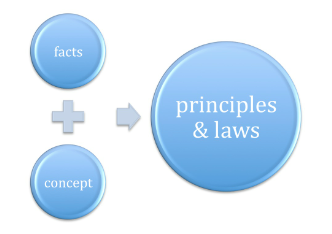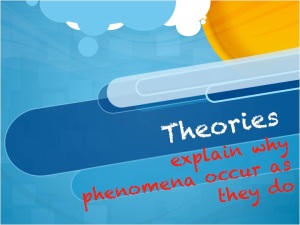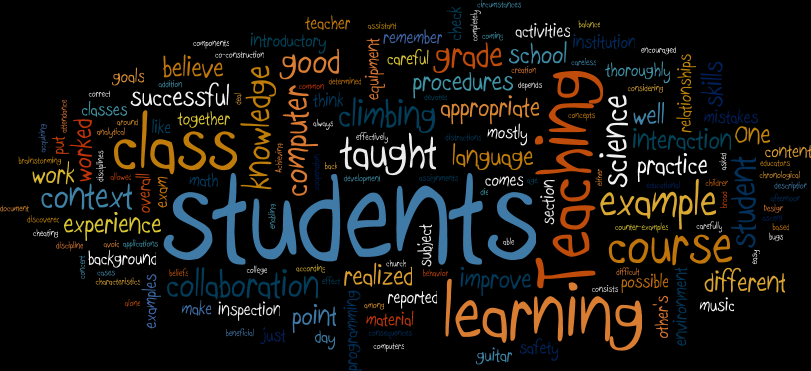Lets pick up from where we left before the week before CNY.
Between, HAPPY CHINESE NEW YEAR! May this Bunny year bring happiness & prosperity!
ANALOGIES & IMAGES
An analogy is the comparison between two (2) things, typically on the basis of their structure and for the purpose of explanation or clarification. It is very useful for teaching in explaining the dry factual concept to the students especially for the physical characteristic of the concept. Such as;
However, is analogies and metaphor are the same??
Metaphor is a thing regarded as representative or symbolic of something else, especially something abstract.
Images can be defined as a representation of the external form of a person/ thing in sculpture, painting, etc. Or it is a mental representation/idea. This is to connect and enhance the visualization of the students. These images can be referring to models that are use in conducting experiments.
This image refers to still images and 2D. (Just like the images that is being used in this blog ;))
PRESENTATION
It is the practice of showing and explaining the content of a topic to an audience or learner. Using models, symbols, or simulation can do this.
Counter part of images is these types of presentation, where it isn’t a still images and in 3-D (three-dimensional).
It would be fun if you can teach your students with a simulator, experience what should be experience.
Before I close this part, one question to all, can this method replacing experiments in laboratory where our students conduct on their own?

